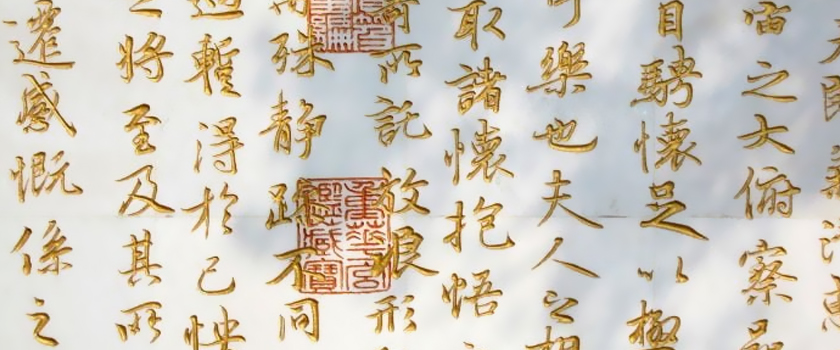Now let us summarize some of the principles we need to know when doing Chinese to English translation. Basically the principles of translation of any languages are more or less the same: accuracy, fluency and elegancy.
First of all, understanding the meaning of the article to translate should be the base of any translation. This would not be that difficult as Chinese is our mother language. Nevertheless, it would be better to rephrase the sentence in a clearer way if the original sentence is not that easy to read or use too many modifiers. Then try to use your own words to reorganize the meaning in English instead of translate word by word.
Secondly, making silly grammar mistakes would make the whole article look bad, so the basic requirement of the translation should be no grammar mistakes. To do this, the translator should master the language in a high level, while the attitude during translating counts a lot as well. Subject, predicate, object, the structure of the whole sentence would be completed, and modifiers like attribute and adverbial should be in the right place and are used in the correct form.
Read Also: Some Tips on Chinese to English Translation (1)
Thirdly, always use the words that you have fully mastered instead of just pick one randomly from dictionary. One of the reasons that non – English – native speakers always write awkward English articles is that they always coin phrases or use words that they don’t know in a wrong way.
This would make the article unreadable to native speakers. We can just use the simplest words that we are familiar with and avoid using difficult words to make us sound smart. Remember, smart and stupid are just one line from each other.
Last but not the least, keep up with the learning attitude. Learning English as our second language, the only and the most important way to write authentic English article is always learning. Be the writing skill, translating technique, learning has no boundary.
Take a look at how we helped our client by localizing their project for Chinese language. Click here to read the complete case study









